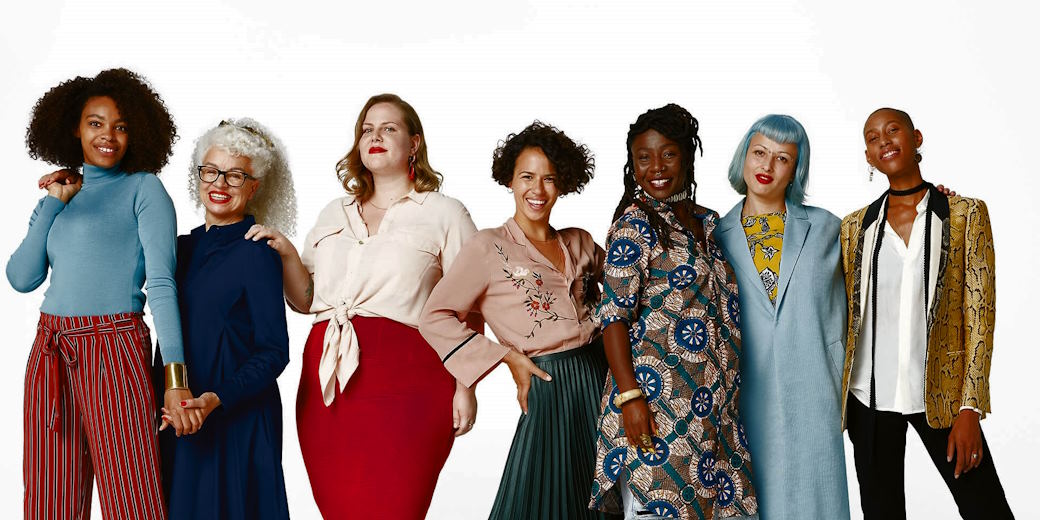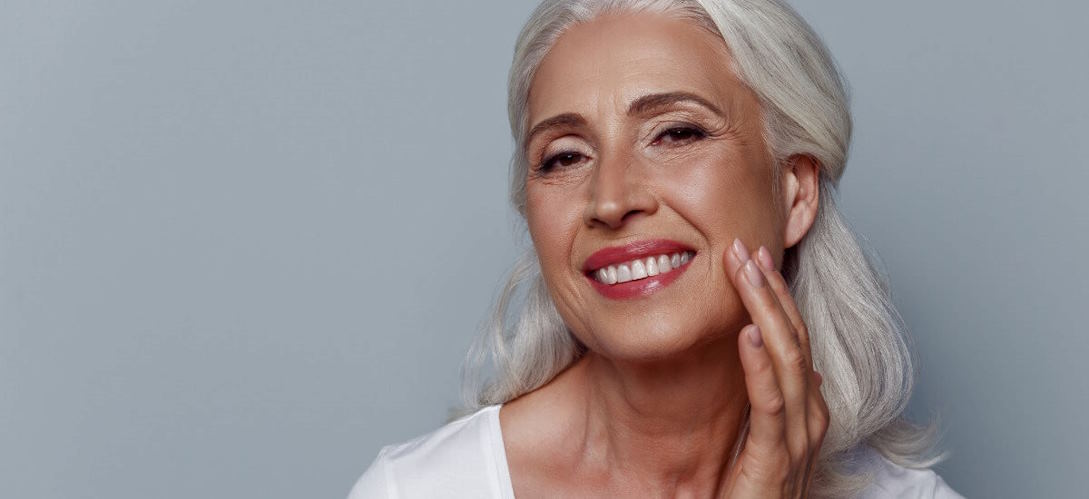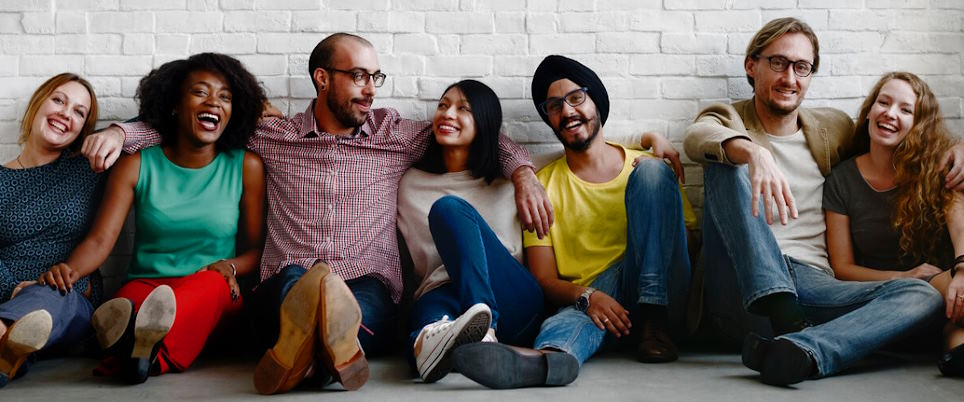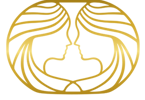Breaking Beauty Stereotypes

In a world where beauty standards are often narrow and unattainable, breaking free from the shackles of beauty stereotypes has become a powerful movement. The notion of beauty has been traditionally defined by societal expectations, emphasizing specific body types, flawless skin, and a limited range of features. However, a new wave of empowerment and self-acceptance is challenging these norms, striving for inclusivity, diversity, and the celebration of individuality.
What are the most common beauty stereotypes?
Beauty stereotypes encompass a wide range of expectations and norms deeply ingrained in society, shaping our perceptions of what is considered beautiful and desirable. While beauty standards can vary across cultures and regions, certain common beauty stereotypes persist, exerting their influence on individuals and perpetuating narrow definitions of attractiveness.
Thinness is the ideal
One prevalent beauty stereotype revolves around the idea that thinness equates to beauty. This notion places significant pressure on individuals to conform to a specific body shape or size, often leading to body image issues, disordered eating, and low self-esteem. In addition, the constant pursuit of an unrealistic ideal can harm mental and physical well-being.

Flawless skin
Another beauty stereotype revolves around flawless skin. Society often associates beauty with smooth, blemish-free skin, creating an expectation that any imperfections such as acne, scars, or pigmentation need to be concealed or corrected. This pressure can lead to feelings of inadequacy and the perpetuation of an unattainable standard of perfection.
Youthful appearance
While youthfulness is often associated with characteristics like smooth skin, firmness, and fewer visible signs of aging, it is important to note that beauty is diverse and personal preferences can vary. Besides, the relentless pursuit of a youthful appearance through skincare routines, cosmetic procedures, and anti-aging products can create anxiety and disorder in the natural process of aging.
Eurocentric beauty ideals
Features such as fair skin, light eyes, and specific facial proportions are often idealized, marginalizing individuals with diverse racial and ethnic backgrounds. It can marginalize individuals with diverse racial and ethnic backgrounds, perpetuating a limited view of beauty.

Gender-based expectations
Such stereotypes further compound the issue, imposing distinct standards on women and men. For example, women are often expected to adhere to notions of femininity, including smooth, hairless skin, a slender physique, and delicate facial features. Conversely, men may face pressures to embody traits associated with masculinity, such as a muscular physique or rugged appearance. These expectations cause the suppression of individuality and the reinforcement of rigid gender norms.
How can we break beauty stereotypes?
Breaking beauty stereotypes requires a collective effort to challenge and shift societal norms. It involves promoting diversity, inclusivity, and self-acceptance while challenging narrow beauty standards. Emphasizing inner qualities and celebrating individuality can help shift the focus from physical appearances. By raising awareness, fostering discussions, and promoting critical thinking, we can challenge harmful beauty norms and encourage self-love and acceptance.
Besides, supporting brands that prioritize inclusivity and realistic representations and questioning societal pressures and expectations surrounding beauty are essential steps toward breaking beauty stereotypes.

